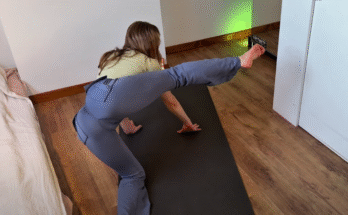
Strength training is no longer a male-dominated space. Across Australia and the world, more women are discovering the immense physical and mental benefits of lifting weights. Whether it’s for toning muscles, improving bone density, or boosting confidence, resistance training has earned its place in every woman’s fitness routine. And nowhere was this shift more evident than at the recent Australian Fitness Show, a premier event that brought together fitness professionals, athletes, and enthusiasts from across the country.
This article explores practical lifting advice tailored for women, inspired by key takeaways from the Australian Fitness Show, with insights from elite trainers, new trends, and motivation to help you get started—or elevate your current routine.
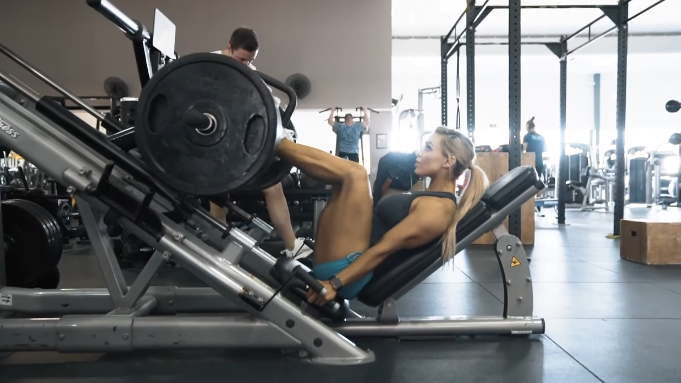
1. Why Women Should Lift Weights
For years, the myth that lifting makes women “bulky” discouraged many from picking up a barbell. The truth is quite the opposite.
Lifting weights helps women:
- Increase lean muscle mass without excessive bulk.
- Burn more calories at rest due to a higher metabolic rate.
- Prevent osteoporosis by strengthening bones.
- Boost self-confidence and mental resilience.
- Improve posture, balance, and functional strength.
At the Australian Fitness Show, speakers emphasized how lifting can be a powerful tool for women’s health, especially in midlife and beyond. One workshop, titled Strong Is the New Sexy, featured fitness coach and physiotherapist Jessie Maher, who stressed that strength is vital for longevity—not just aesthetics.
2. Getting Started: Beginner Lifting Tips
If you’re new to lifting, don’t worry. Here’s a beginner-friendly roadmap inspired by the hands-on sessions at the show:
Start with Bodyweight Exercises
Before reaching for dumbbells, learn proper movement patterns using your body weight. Master squats, lunges, push-ups, and planks. These build foundational strength and prevent injury.
Focus on Form Over Weight
Trainers at the event repeatedly said: “Form first, weight second.” Poor form can lead to injury and stall progress. Use mirrors, or even better, hire a coach to correct your form.
Use Compound Movements
Exercises like deadlifts, bench presses, and rows work multiple muscle groups at once. They offer better results in less time and mimic real-life movements.
Lift 2-3 Times Per Week
You don’t need to train daily. Two or three full-body lifting sessions per week, combined with cardio or mobility work, is a great starting point.
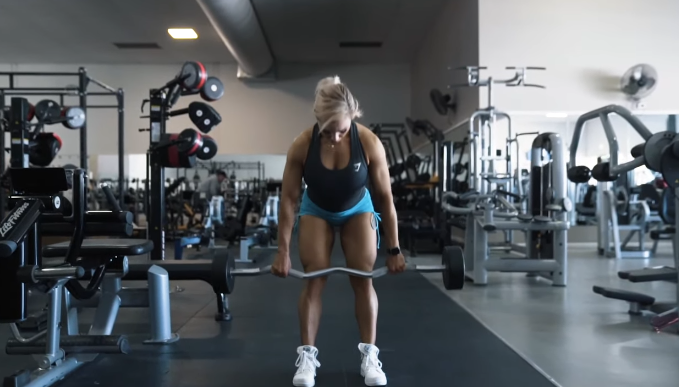
3. Debunking Common Myths
Several expert panels at the Australian Fitness Show focused on busting myths still lingering in fitness culture. Here are a few of the most important:
- Myth: Lifting makes you bulky.
Fact: Women typically have lower testosterone levels than men. Gaining large muscle mass requires a highly specific diet, intense training, and often years of dedication. - Myth: Cardio is better for fat loss.
Fact: While cardio burns calories during the workout, lifting builds muscle, which increases your resting metabolism—so you burn more throughout the day. - Myth: You need gym machines.
Fact: Free weights and bodyweight movements can be just as effective—often more so—because they recruit stabilizing muscles.
4. Spotlight on the Australian Fitness Show
Held annually in Sydney, the Australian Fitness Show is one of the largest and most influential fitness expos in the Southern Hemisphere. The 2025 edition was especially exciting for women interested in lifting. Key highlights included:
- Live workouts from top female athletes like Emily Skye and Kayla Itsines, who showcased how strength training is a cornerstone of their routines.
- Workshops on women’s physiology, explaining how to train effectively during different phases of the menstrual cycle.
- Nutrition panels that emphasized protein intake, recovery, and energy balance for women who lift.
- Interactive zones, including a Women’s Strength Corner, where attendees could try equipment, test their strength, and meet trainers.
One of the standout moments was a Q&A session with Australian powerlifter Meggan Grubb, who shared how lifting helped her overcome body image struggles and encouraged women to celebrate what their bodies can do, not just how they look.
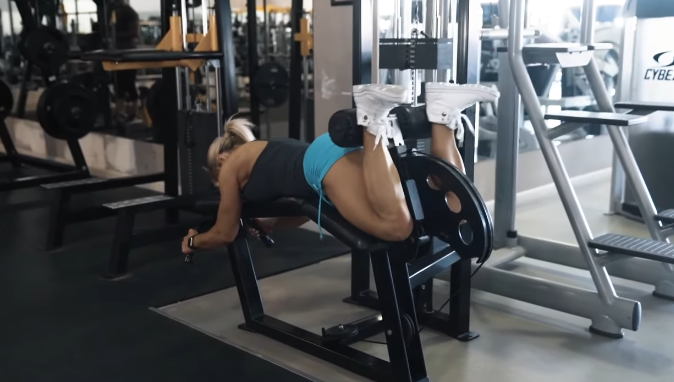
5. Progressing Your Strength Training
Once you’ve nailed the basics, it’s time to advance. Here are tips shared by expert coaches at the show:
- Progressive Overload
Gradually increase the weight, reps, or sets you perform to keep challenging your muscles. - Track Your Workouts
Use a notebook or app to record your exercises, weights, and how you felt. This helps track progress and keeps you motivated. - Deload Weeks
Every 4-6 weeks, schedule a lighter week to let your body recover. This prevents burnout and aids in long-term progress. - Incorporate Accessory Movements
Add exercises that target smaller muscles or support your main lifts, like glute bridges, bicep curls, or side planks.
6. Lifting Through Life Stages
Several panels at the Australian Fitness Show addressed the unique needs of women at different stages of life:
- Teens and 20s: Focus on building a strong foundation and learning proper form.
- 30s and 40s: Prioritize consistency, and balance lifting with family/work life.
- Perimenopause and Menopause: Strength training becomes essential for maintaining muscle mass, hormone balance, and mood regulation.
Trainer Anita Sharma, who runs programs for women over 40, emphasized: “It’s never too late to start lifting. In fact, starting later in life often comes with greater mental strength and discipline.”

7. Empowerment Through Strength
At its core, lifting weights is about empowerment. It teaches you to push past limits, be consistent, and believe in yourself. Whether you’re squatting a barbell, carrying groceries, or picking up your kids—strength gives you freedom.
The Australian Fitness Show proved that women are not only welcome in the weight room—they’re leading the way. By breaking stereotypes, learning the science, and showing up consistently, women across Australia are redefining what fitness means.
8. Final Tips for Women Who Want to Start Lifting
- Get guidance: If possible, work with a certified trainer or attend local workshops.
- Find a lifting buddy: Accountability and encouragement go a long way.
- Celebrate strength: Track progress not just in appearance, but in performance—heavier lifts, improved stamina, or better posture.
- Rest is key: Recovery is as important as the workout itself. Sleep, stretch, and listen to your body.
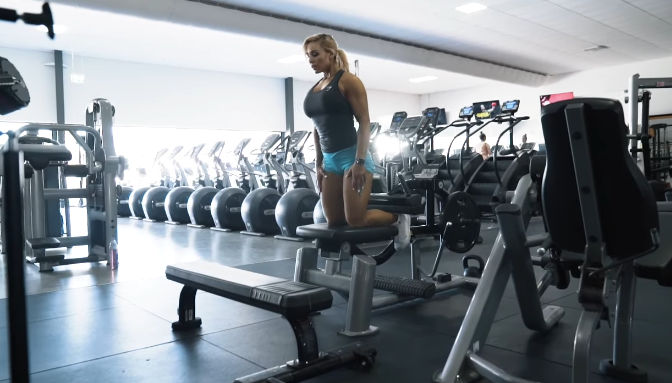
In Conclusion
Women lifting weights is more than a fitness trend—it’s a lifestyle revolution. The Australian Fitness Show showcased how the industry is evolving to support, educate, and uplift women at all stages of their strength journey. With the right guidance and mindset, lifting can be one of the most transformative things you do for your body and your confidence.
So grab those dumbbells, trust the process, and remember: strong is beautiful.


